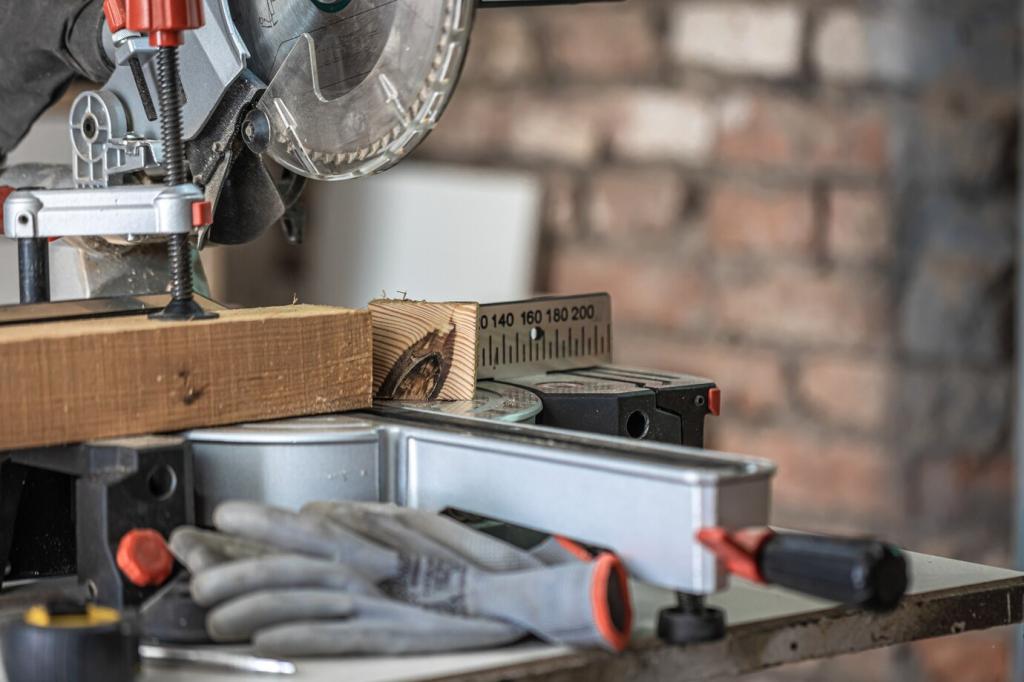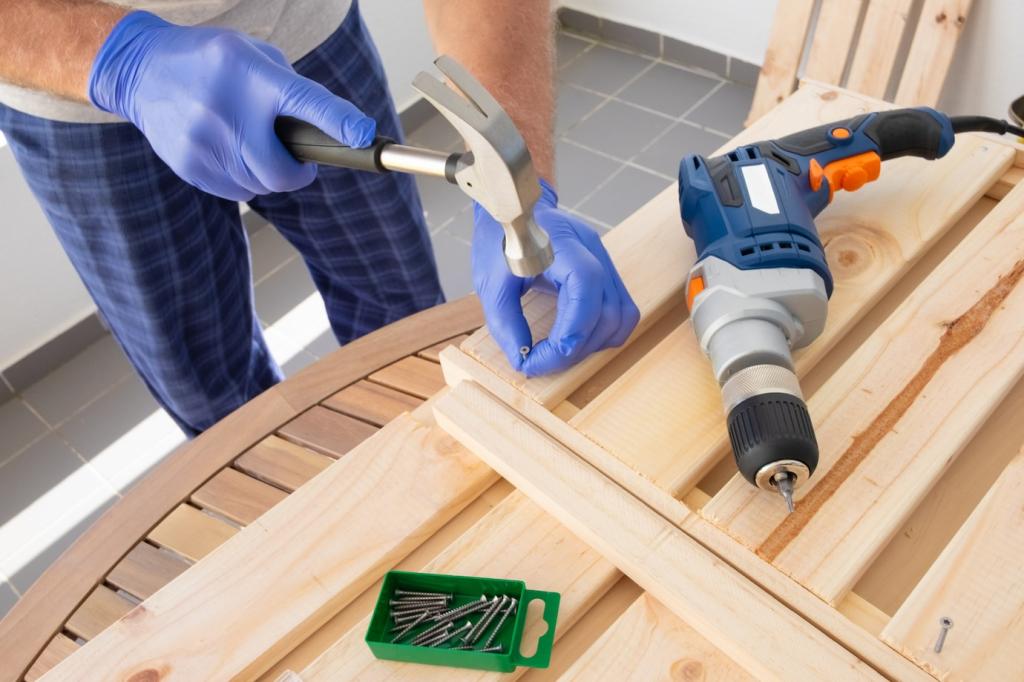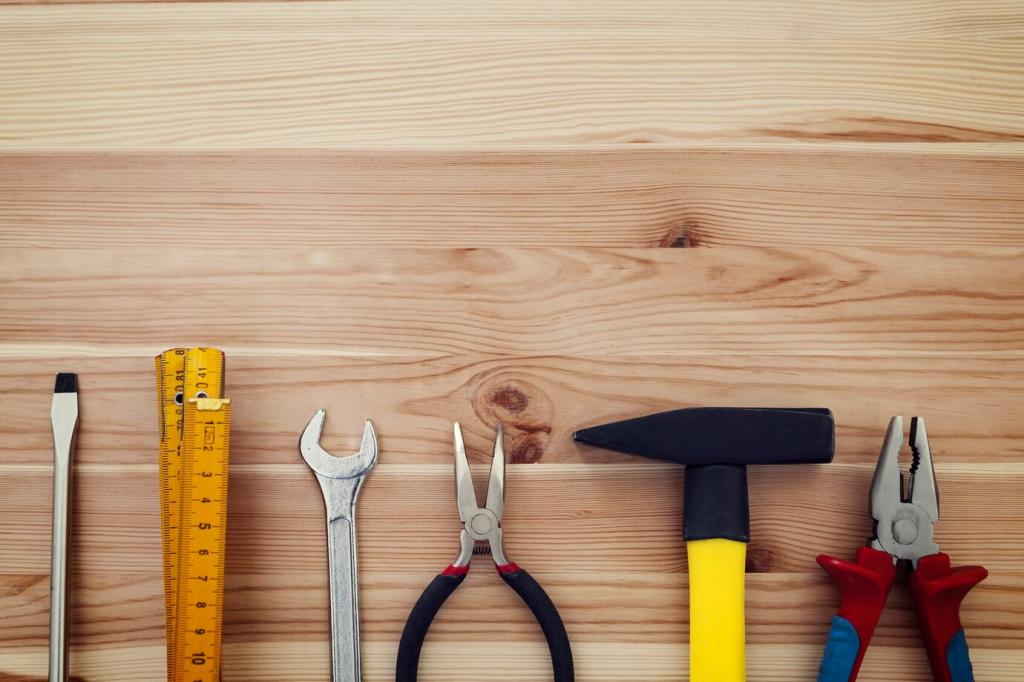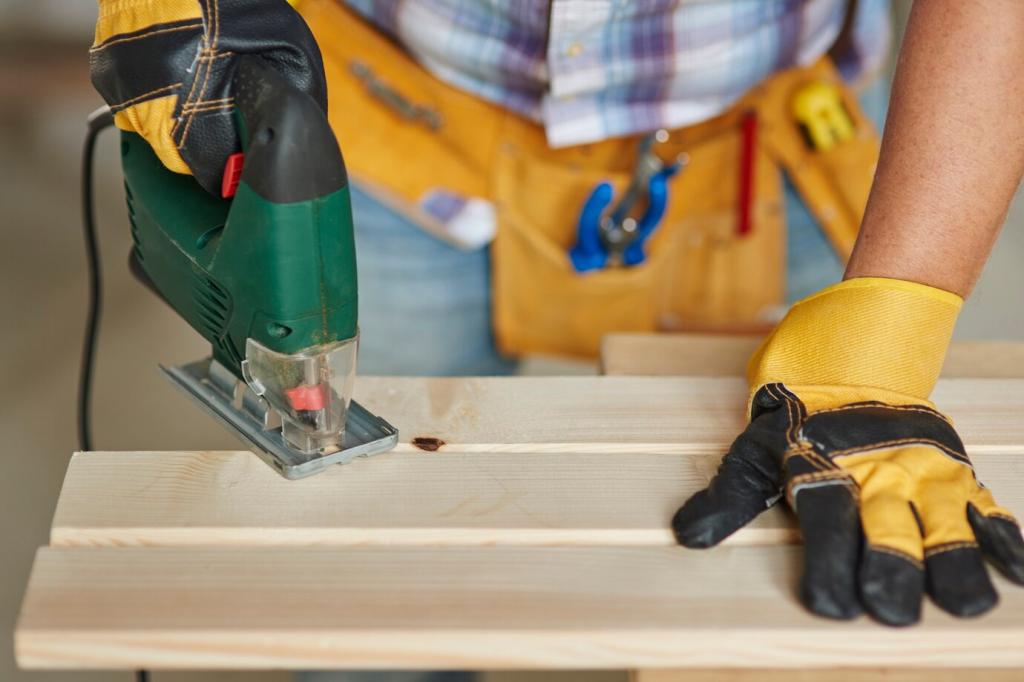
Woodworking Tools for Furniture Restoration Projects
Chosen theme: “Woodworking Tools for Furniture Restoration Projects.” Step into a friendly workshop where hand tools sing, power tools whisper, and forgotten chairs, tables, and cabinets recover their dignity. Join us, comment freely, and subscribe for steady restoration inspiration.

Hand Tools That Bring Old Furniture Back to Life
A properly burnished cabinet scraper peels whisper-thin shavings, erasing old finish without flattening crisp details or rounding profiles. It preserves patina, spares veneers, and offers silence, control, and surprising speed when patience meets sharp steel.
Hand Tools That Bring Old Furniture Back to Life
Sharp chisels clean mortises, pare tenons, and lift fragile splinters for precise glue-ups. With a light mallet and steady hands, you can rescue delaminated corners, remove brittle glue, and fit patches that disappear into the grain.
Random Orbital Sander with Smart Grit Progressions
A quality random orbital sander, paired with dust extraction and a mindful grit sequence, levels fills and blends patches without creating swirls. Slow your pace, lighten pressure, and stop early to protect edges and crisp moldings.
Heat Gun for Finish Removal Without Scorching
Controlled heat softens shellac, lacquer, and paint so a scraper can lift layers cleanly. Keep the gun moving, watch for bubbling, and protect veneer with patience, testing frequently to avoid scorching or loosening fragile glue lines.
Compact Drill/Driver with Countersink and Plug Cutters
A small drill/driver, aligned by a square, creates precise pilot holes for hardware, repairs stripped screws, and hides fasteners with matching plugs. Pair with brad-point bits for clean entry and a countersink that respects old fibers.
Sharpening, Tuning, and Setups That Matter
Honing guides, flat stones, and consistent angles transform tools into instruments. Chase a polished back and a refined micro-bevel. Sharp edges cut cleaner, require less force, and greatly reduce the risk of tear-out on aged, brittle fibers.
Safe Stripping and Surface Preparation
Choosing Strippers, Scrapers, and Brushes Wisely
Pick a stripper compatible with the suspected finish, then test inconspicuously. Nylon brushes, brass bristles, and plastic scrapers reduce scratches. Work in small sections, neutralize residues, and resist gouging delicate carvings or veneer edges.
Dust Collection, PPE, and Clean Workflows
Connect tools to extraction, wear a respirator, and maintain ventilation. Old finishes can conceal unknown hazards. Keep work zones organized; a tidy bench prevents accidental dings, misplaced hardware, and rushed decisions when time pressure builds.
Grain-Sensitive Sanding Strategies
Always sand with the grain and stop as soon as defects disappear. Protect edges and carvings with firm backing blocks. Use light pencil scribbles to track progress and avoid over-thinning historical surfaces you intend to preserve.
Anecdotes from the Bench: Tools That Saved the Day
A family rocker arrived with flattened runners and a frantic creak. A spokeshave, set fine, restored the curve, then a scraper blended transitions. The grandparents cried; the chair rocked silently like it remembered bedtime songs.


Join our mailing list
